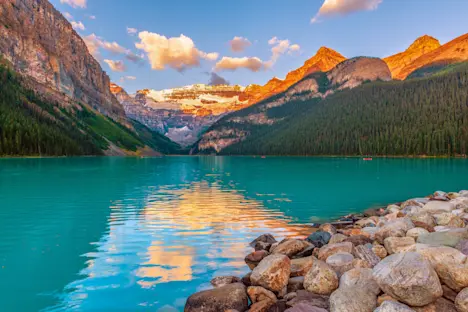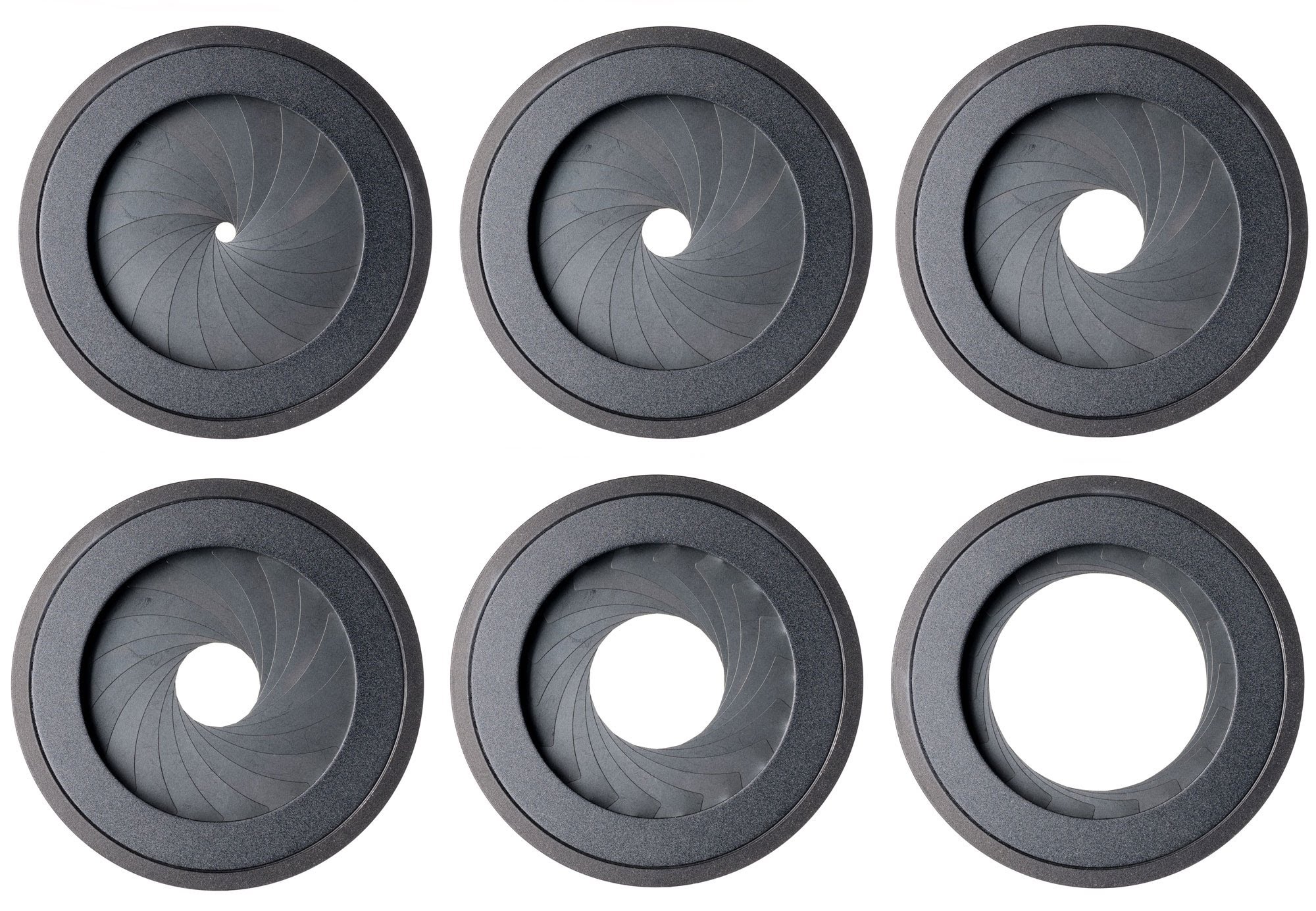Shutter speed may be described in many ways, such as “time value,” “shutter rate,” or “exposure time,” but it all means the same thing – how long the camera’s sensor is being exposed to the scene you’re photographing.
Without getting too complicated, the shutter can be viewed like window blinds, preventing light from passing through unless opened. When you hit the button on your camera to take a shot, this temporarily opens the shutters to allow light in, and thus capture the photograph. Generally, it is only for a split second that the shutter is open, which is often depicted by a number as small as 1/50, 1/100, or 1/200 in your camera. This means that the shutter is open for only 1/50th of a second and so on.
Generally speaking, it is not advisable to manually change the shutter speed on your camera unless you have a specific reason for doing so. In this section, we will discuss the several reasons why you would want to manually change the shutter speed in order to capture the shot.
Freezing motion
One of the most common reasons to change the shutter speed is to freeze motion of a running animal or really anything fast moving. In order to do this, the shutter speed must be very very fast. There is no universal rule for how fast exactly, but generally speaking you want the shutter speed to be faster than 1/500th of a second. In order to do so, though, there must be ample light. Thus, shooting a fast moving object indoors, or at dawn or dusk, is more complicated and difficult unless you are very familiar with aperture settings and ISO settings.

This bounding African wild dog is a great example of when one would want to manually change the shutter speed to match the photo you’re trying to take. By setting your camera to 1/500, 1/1000, or even faster, you can get an animal running at over 15 miles an hour in perfect focus frozen in time. Because this was taken in mid day in sunny Africa, there was plenty of light such that even though the shutter was open for a very short amount of time, enough light could come through to properly illuminate the scene.

Freezing motion is not only useful for wildlife photography, but also for landscape shots, too. Here, water is frozen in time such that it has a very defined texture.
Blurring Motion
Blurring the motion of animals and landscapes is also a common desire when taking control of the shutter speed. However, it’s a bit more challenging since slower speeds require more steady hands and in most cases a tripod to make sure the camera is perfectly still. For example, if you are shooting at ½ of a second, the if the photographer moves the camera ever so slightly it will result in an entirely blurry photo.
But, the results of slow shutter speeds in portraying motion and fluidity can be breathtaking.

In the photo above, instead of freezing motion with a fast shutter speed, as was done with the wild dog photo earlier, this photo is intentionally blurry. This certainly give the photo more of an artistic feel, which may or may not be something you personally like, but it is an option. With the blur of the background and of the dog itself, the photo actually helps to portray the chaos and swiftness of a wild dog hunt, as a pack of these German shepherd-sized animals chased down an impala in Botswana. In this case, we are looking at a shutter speed of approximately 1/10th to 1/25th of a second.
Similarly, we can take the river photo from the previous section and see what it looks like with a slow shutter speed, too.

By using a tripod and setting the exposure to 1 second or slower (tripod is a must), one is able to blur the motion of the water such that it appears very smooth and silky. Ultimately, it’s a matter of preference as to whether you prefer a sharper look to the water, or one that is more fluid, but the point is to understand that both are options when understanding the role of shutter speed in your photography.
Night Photography

When light is at a minimum, such as after the sun has gone down like in the above photo of the Northern Lights in Churchill, Canada, a slow shutter speed is a must in order to allow enough light to come through to the sensor of the camera.
To better understand why a shutter must be open longer to allow in more light, think of light like running water. If there is a slower flow of water (darker), it will take more time to fill a bucket to the same level as if you had a very strong flow of water (bright light).
In the above photo, a tripod is again a must, as this was a 5 second exposure. Should the camera move, or the subject, within that 5 seconds, there will be blur to the photo such that the person in red, or the igloo or anything else wouldn’t appear in focus – a bad thing for photos such as these.
Recap
Although it’s not necessarily an every day occurrence where you will be choosing your own shutter speed for the photo before you, it does have great utility. From freezing motion with really quick shutter speeds, to blurring motion by having a slow speed, to extremely slow for capturing night time photography, understanding how your camera’s shutter speed can affect your photos has wide ranging applications. So, get out there and experiment, as this is one of the easiest ways to make your photography look very professional, artistic, and creative at the same time!



































